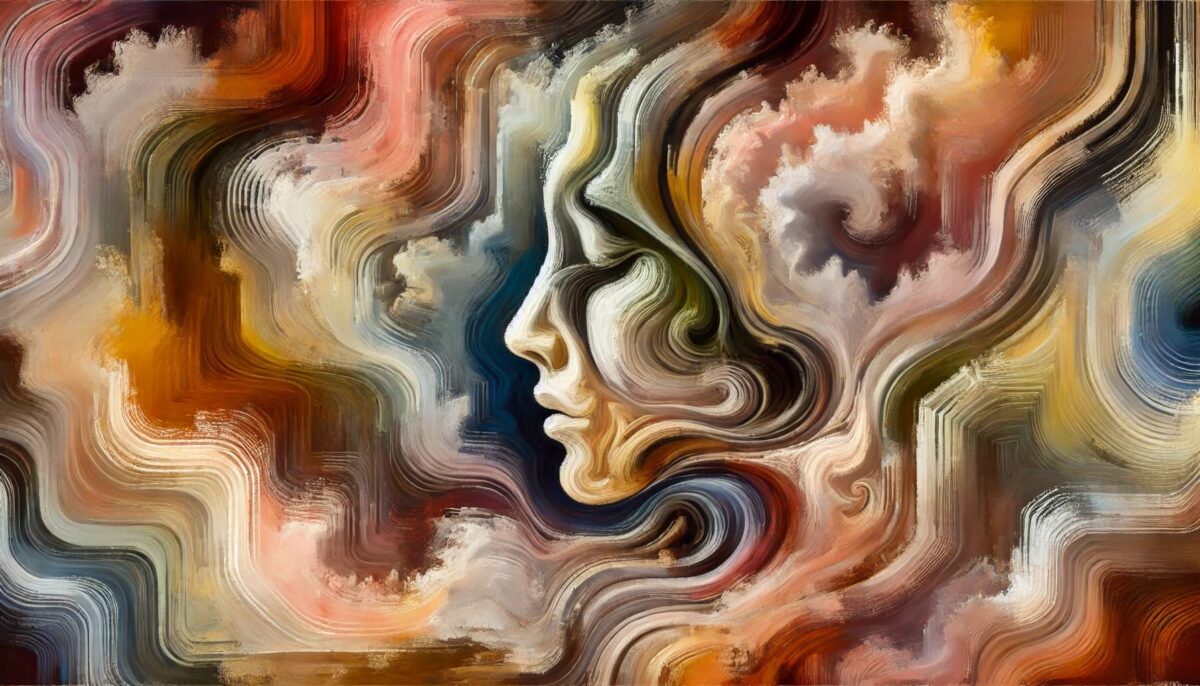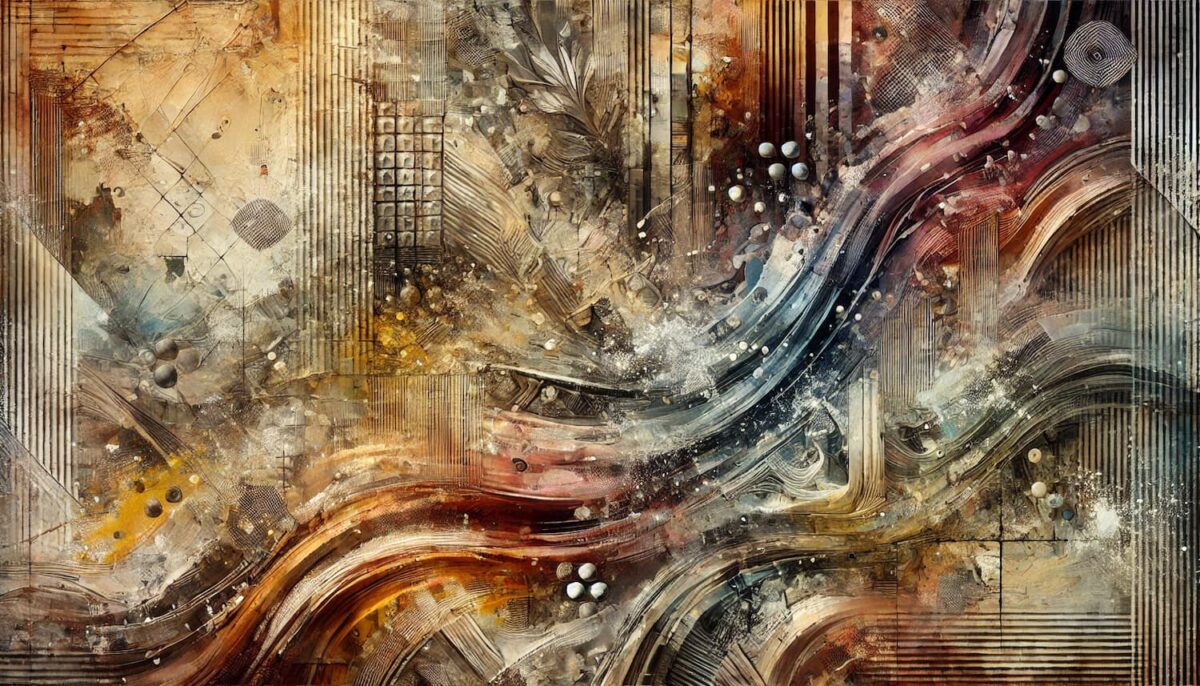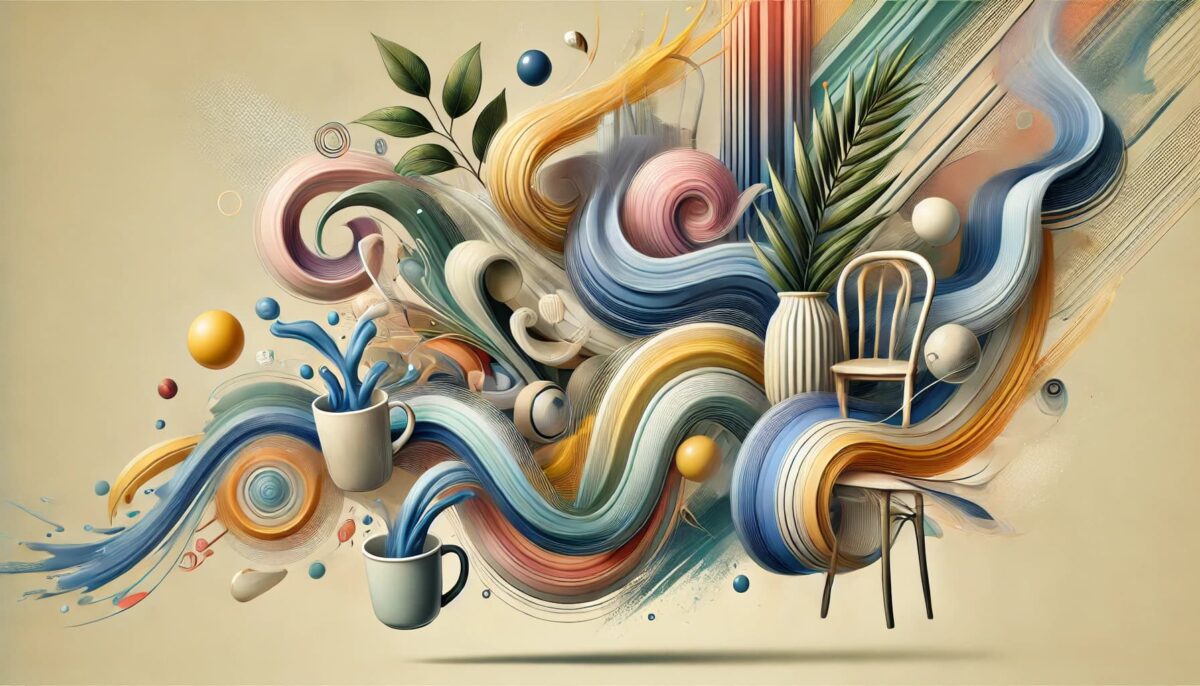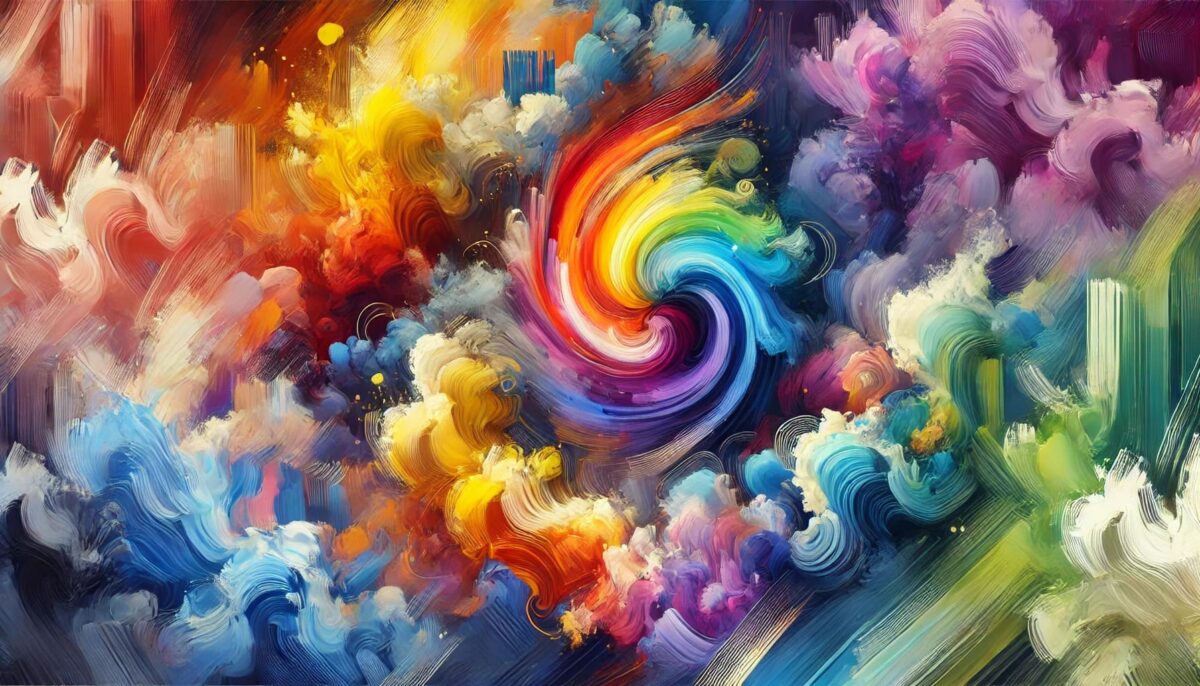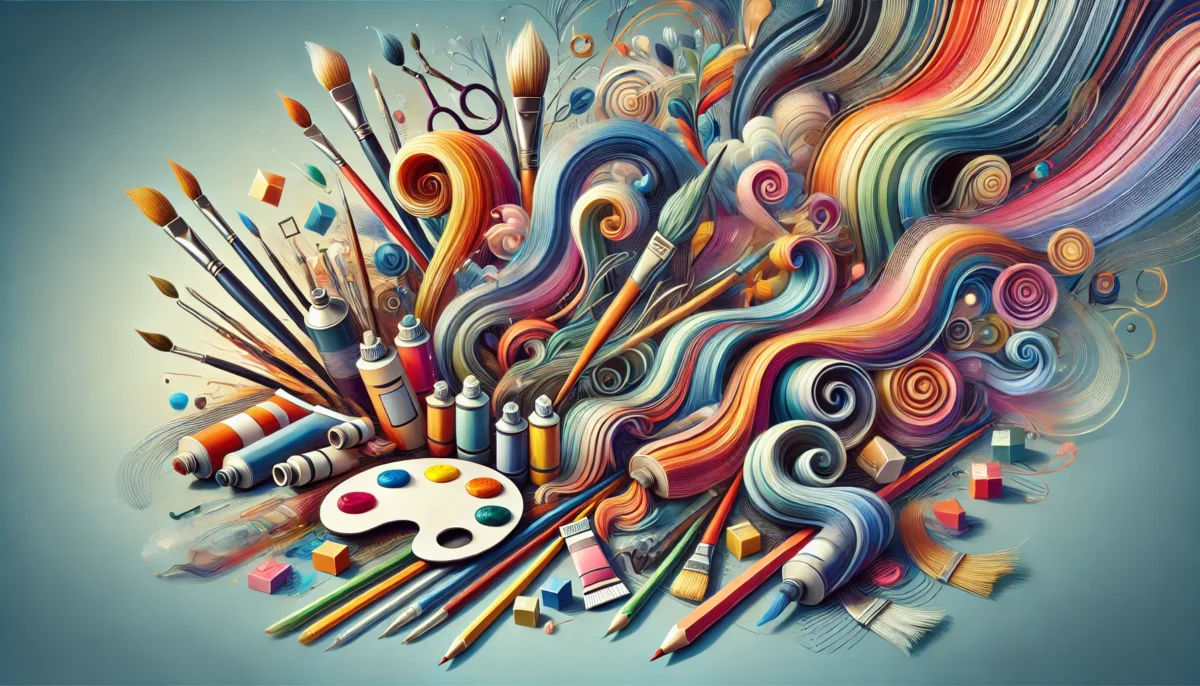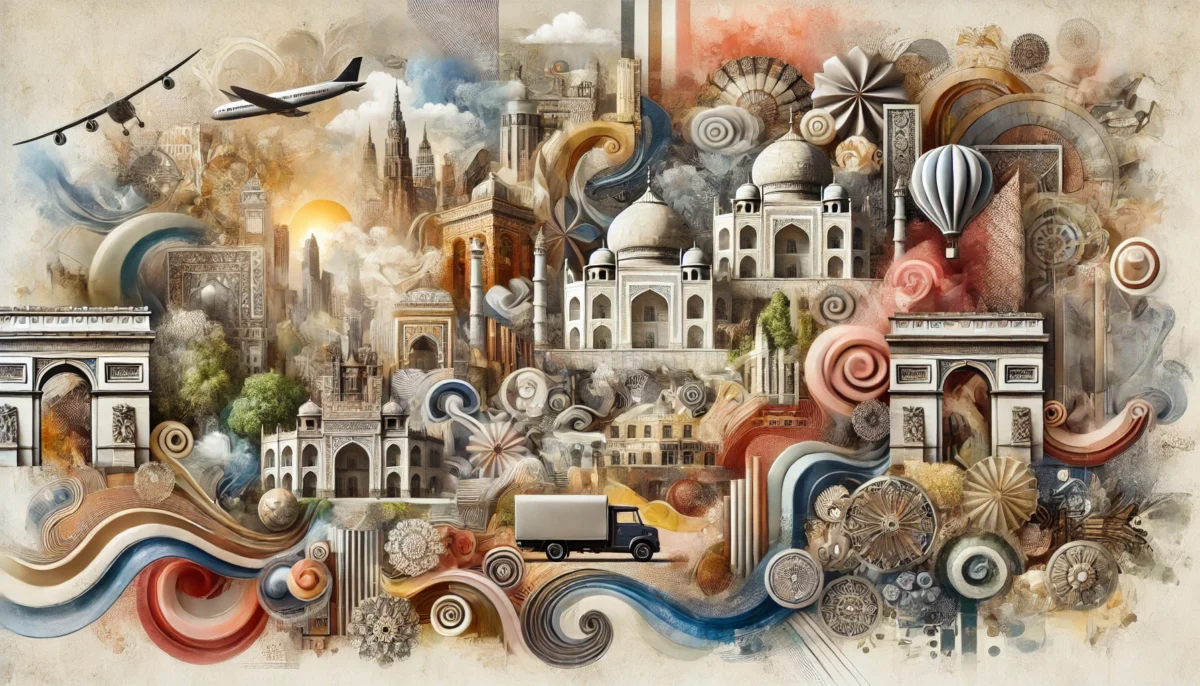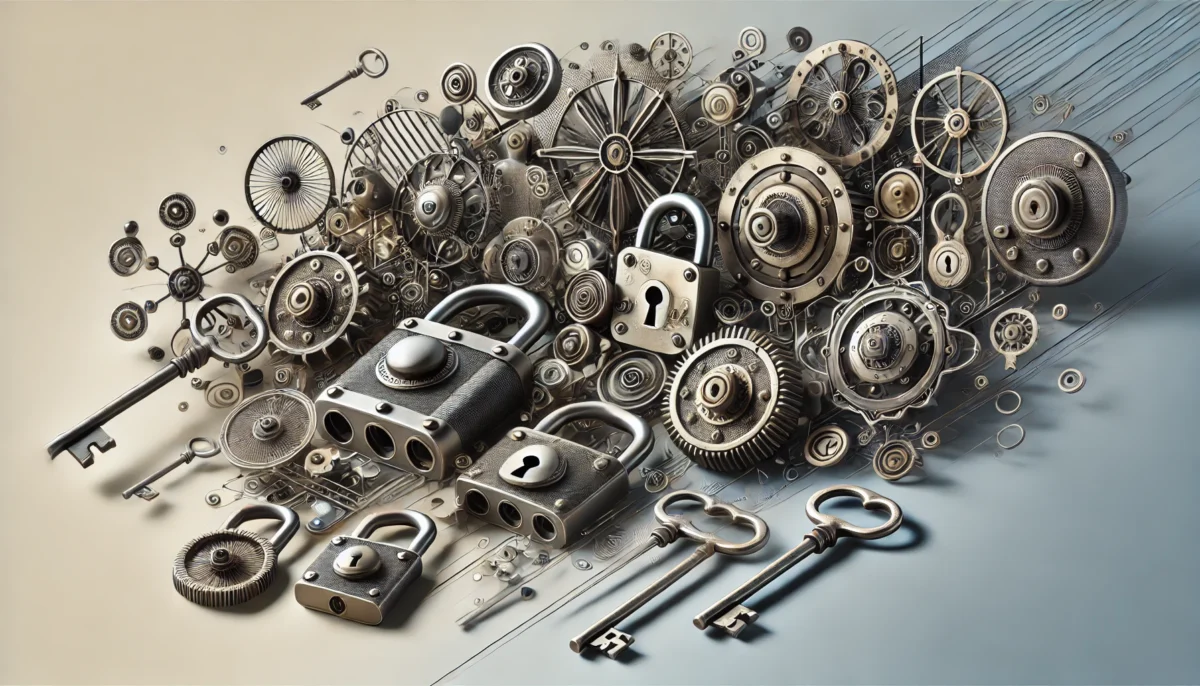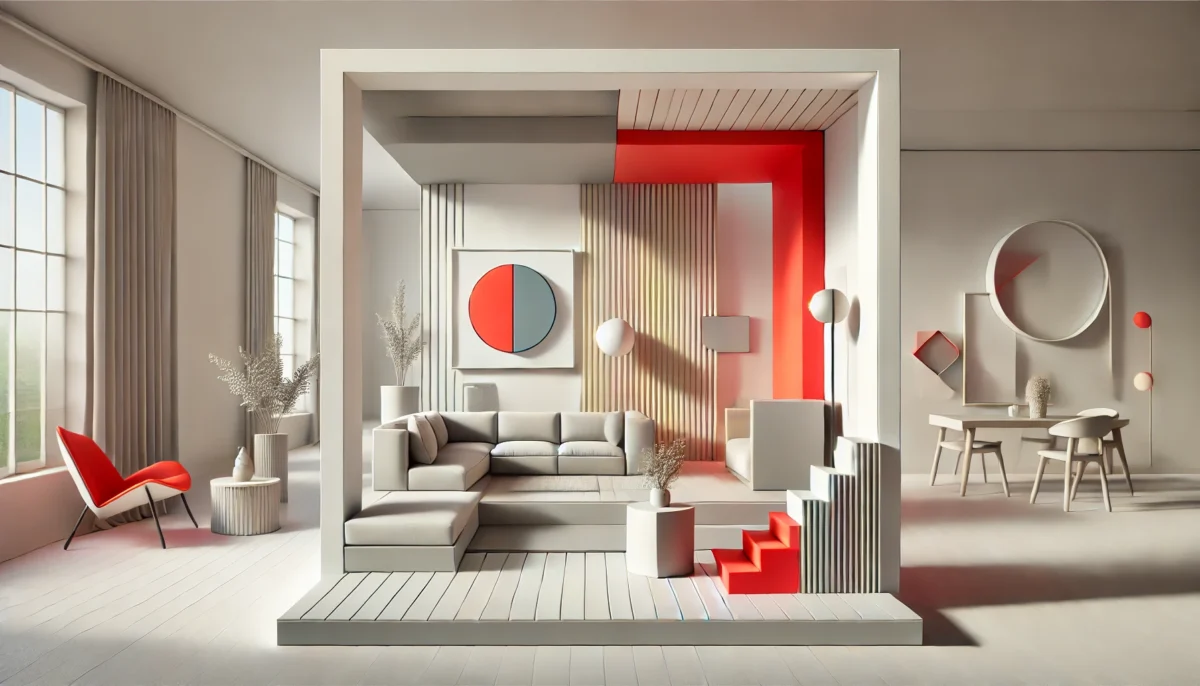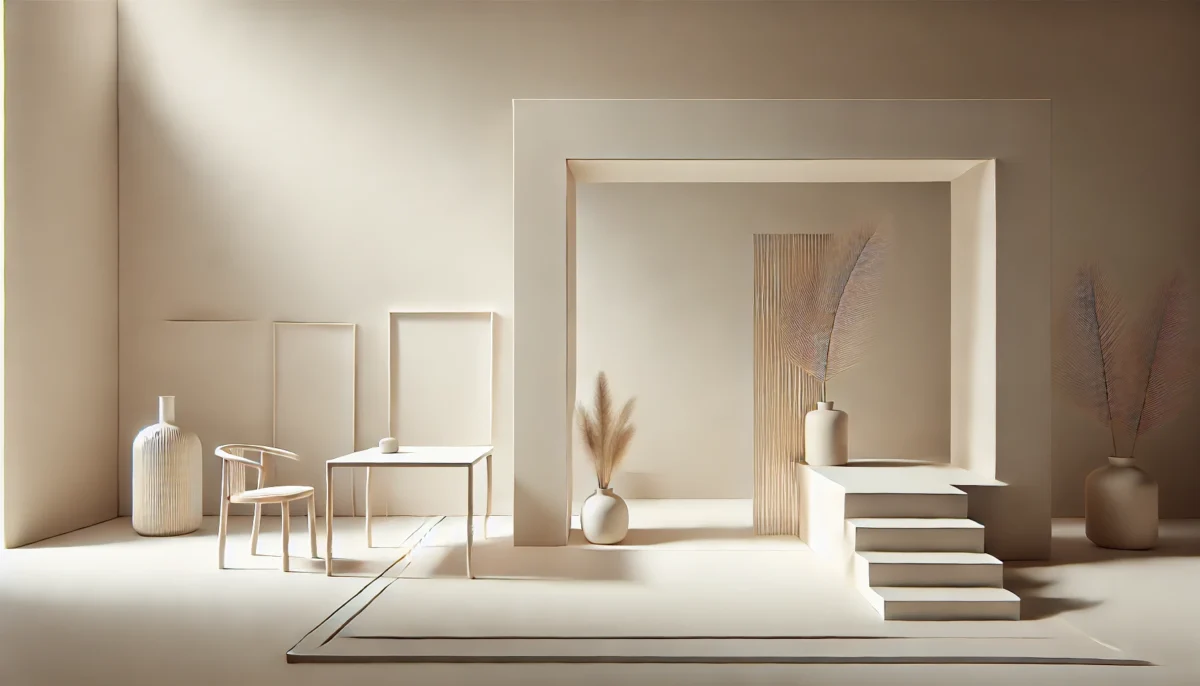Portraits in oil paint. Just saying it brings back so many memories—some frustrating, some exhilarating. Mastering them has been one of the most rewarding, and honestly, humbling, parts of my artistic journey. And I’m saying “mastering” loosely because, let’s be real, I’m still learning every single day. But I’ve come a long way from where I started, and I thought I’d share that journey with you.
When I first decided I wanted to paint portraits in oil, I had no idea what I was getting myself into. I’d been dabbling in watercolors and acrylics for years, but oils? Oils were this mysterious, intimidating thing. They had a reputation for being unforgiving, slow, and a little messy. But I was drawn to them because of the richness, the depth you could achieve—the way oil portraits seem to glow from within. It’s like they breathe on the canvas.
My first attempt? A total disaster. I was so focused on trying to make it perfect that I overworked everything. The colors got muddy, the proportions were off, and the whole thing just looked flat. I didn’t understand how to layer, how to work with the drying time, or how to let the paint do some of the work for me. Looking back, though, I think those early failures were necessary. They pushed me to dig deeper and really figure out what I was doing.
One of the first big lessons I learned was patience. Oil paint forces you to slow down. You can’t rush it. It dries slowly—sometimes frustratingly so—but that’s also its gift. It gives you time to blend, to adjust, to step back and really look at what you’re doing. I remember one piece where I spent days just refining the shadows under the cheekbones. Days! With acrylics, I’d never have had that kind of flexibility.
Another breakthrough came when I started to see the face not as a collection of features, but as a series of shapes and values. It’s so easy to get caught up in, “This is an eye. This is a nose.” But when you zoom out and look at the planes of the face, how the light falls across them, it all starts to make sense. I started blocking in large areas of shadow and light first, without worrying about the details. It was hard at first—my brain wanted to jump straight to the eyes, because, let’s face it, that’s the fun part. But when you get the foundation right, the details fall into place so much more easily.
Speaking of eyes, let’s talk about them, because they’re my favorite part of any portrait. They’re where the soul of the painting lives. But they’re also tricky. One of the biggest mistakes I made early on was trying to paint them too brightly, too perfectly. Real eyes aren’t like that. They’re subtle. There’s shadow in the whites, tiny shifts in color that you can miss if you’re not paying attention. I started using softer brushes and glazing techniques to build up those details slowly, and it made a world of difference.
Color was another area where I struggled at first. Skin tones are deceptively complex. They’re not just pink or peach or brown—they’re a mix of so many colors: blues, greens, yellows, even purples. I remember the first time I used green in a skin tone—it felt so wrong, but it looked so right. Once I started seeing the subtle shifts in color, my portraits started feeling more alive.
One thing that helped me a lot was working from life whenever I could. There’s something about observing a real person, the way their skin reflects light, the tiny movements they make even when they’re trying to sit still. It’s so different from working from a photo. That said, I’ve also done a ton of portraits from photos, and I think both approaches have their strengths. With photos, you can take your time and focus on the technical aspects. With live models, you capture energy and spontaneity. Both have pushed me in different ways.
And then there’s the emotional side of portraiture, which I didn’t fully appreciate when I started. A good portrait isn’t just a technical achievement; it’s a connection. You’re not just painting a face—you’re telling a story about the person, capturing something about who they are. That’s the part I’ve grown to love the most. It’s what keeps me coming back to portraits, even when they challenge me.
Of course, there’s still so much I want to learn. I’m experimenting more with texture now—adding thicker, more expressive strokes in places to bring energy to the work. I’m also working on loosening up a bit. It’s easy to fall into the trap of over-polishing everything, but sometimes a rough, spontaneous mark says more than a perfectly rendered detail ever could.
If I could go back and give my beginner self one piece of advice, it would be this: don’t be afraid to fail. Every bad painting, every frustrating moment where the proportions are off or the colors aren’t working—that’s all part of the process. You learn by doing, by making mistakes, by figuring out what works and what doesn’t. And the beautiful thing about oil paint? You can always scrape it off and try again.
So, that’s been my journey so far. I’ve gone from total frustration to something that feels like a deep, ongoing conversation with my work. I’m not done, and I probably never will be. But that’s what makes it exciting. Every portrait is a new challenge, a new story, a new chance to grow. If you’re just starting out, I hope this inspires you to stick with it, because the reward is absolutely worth the effort.
